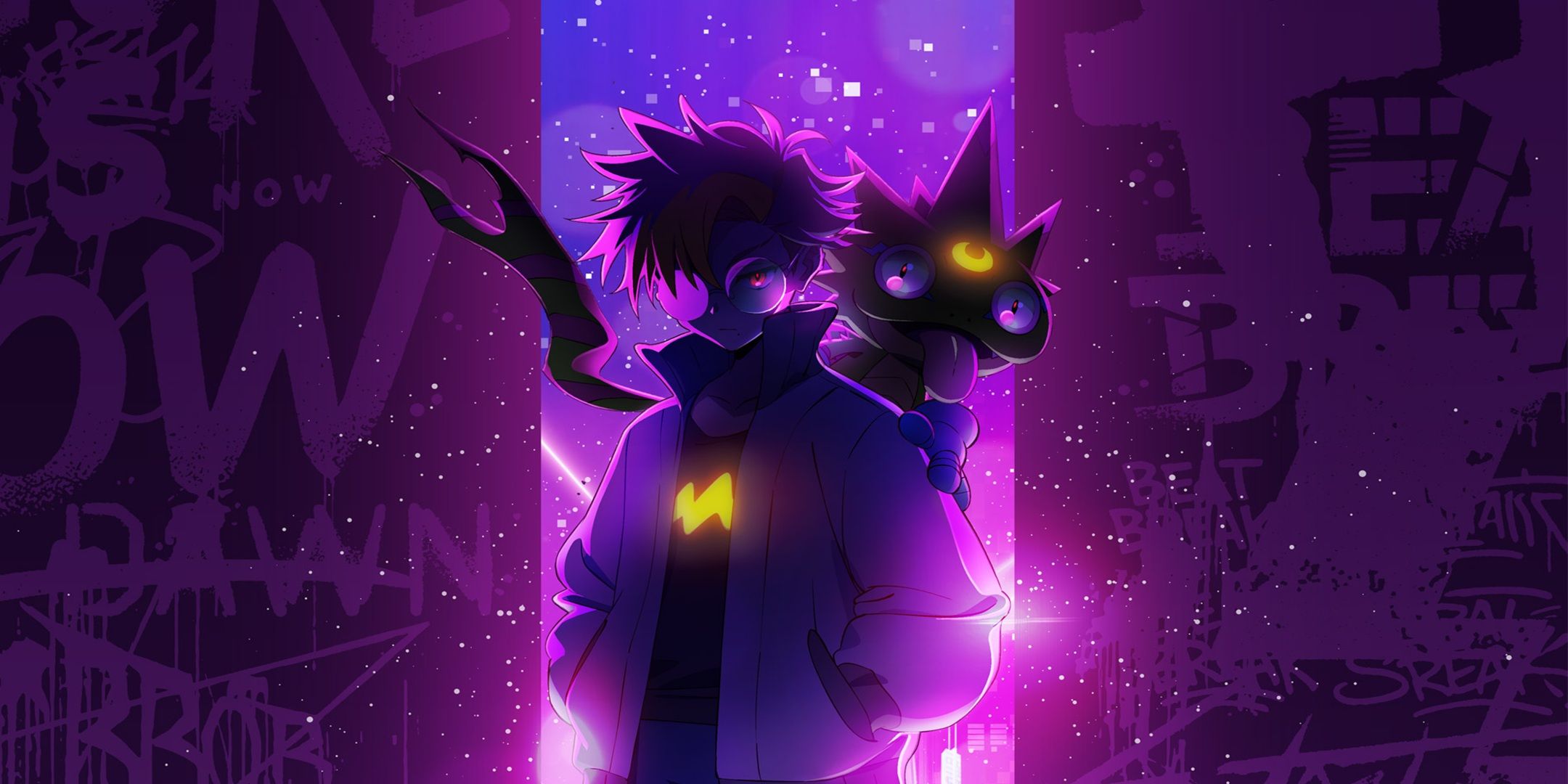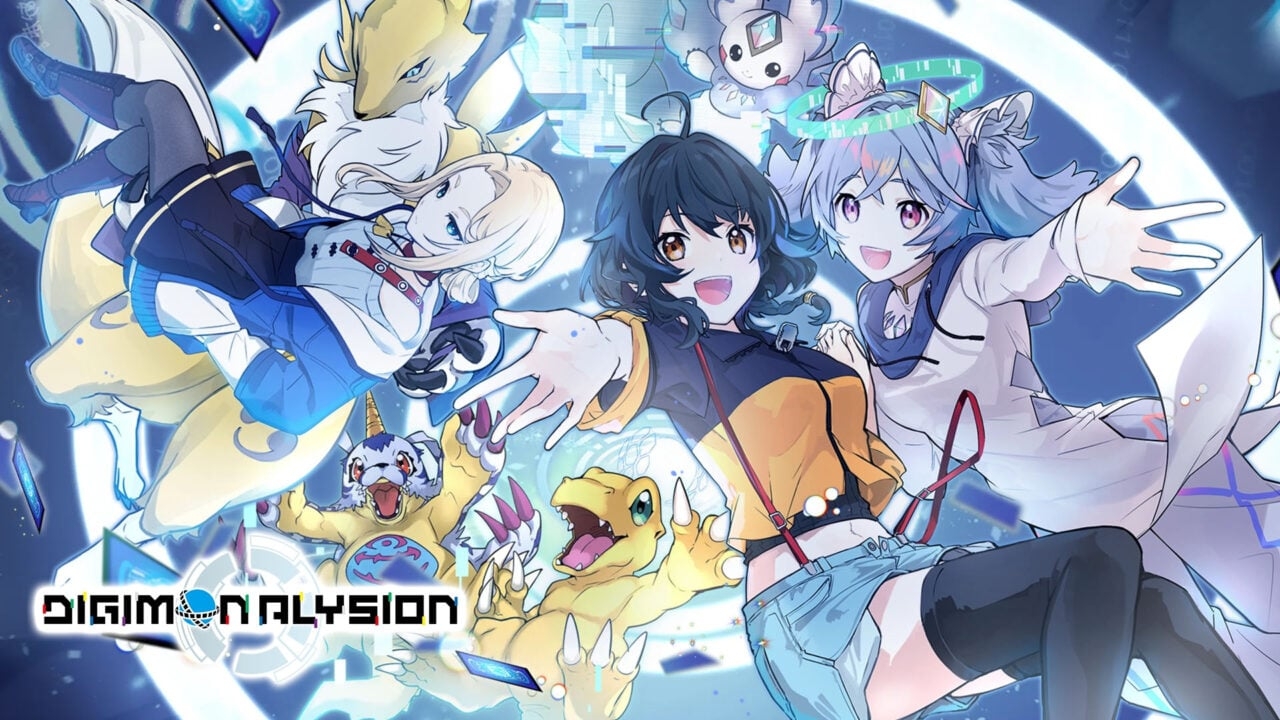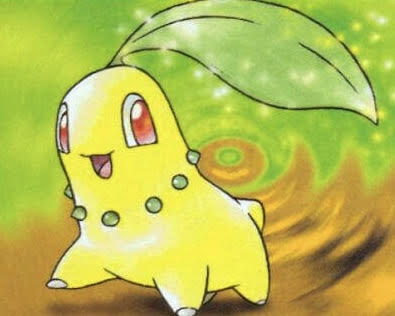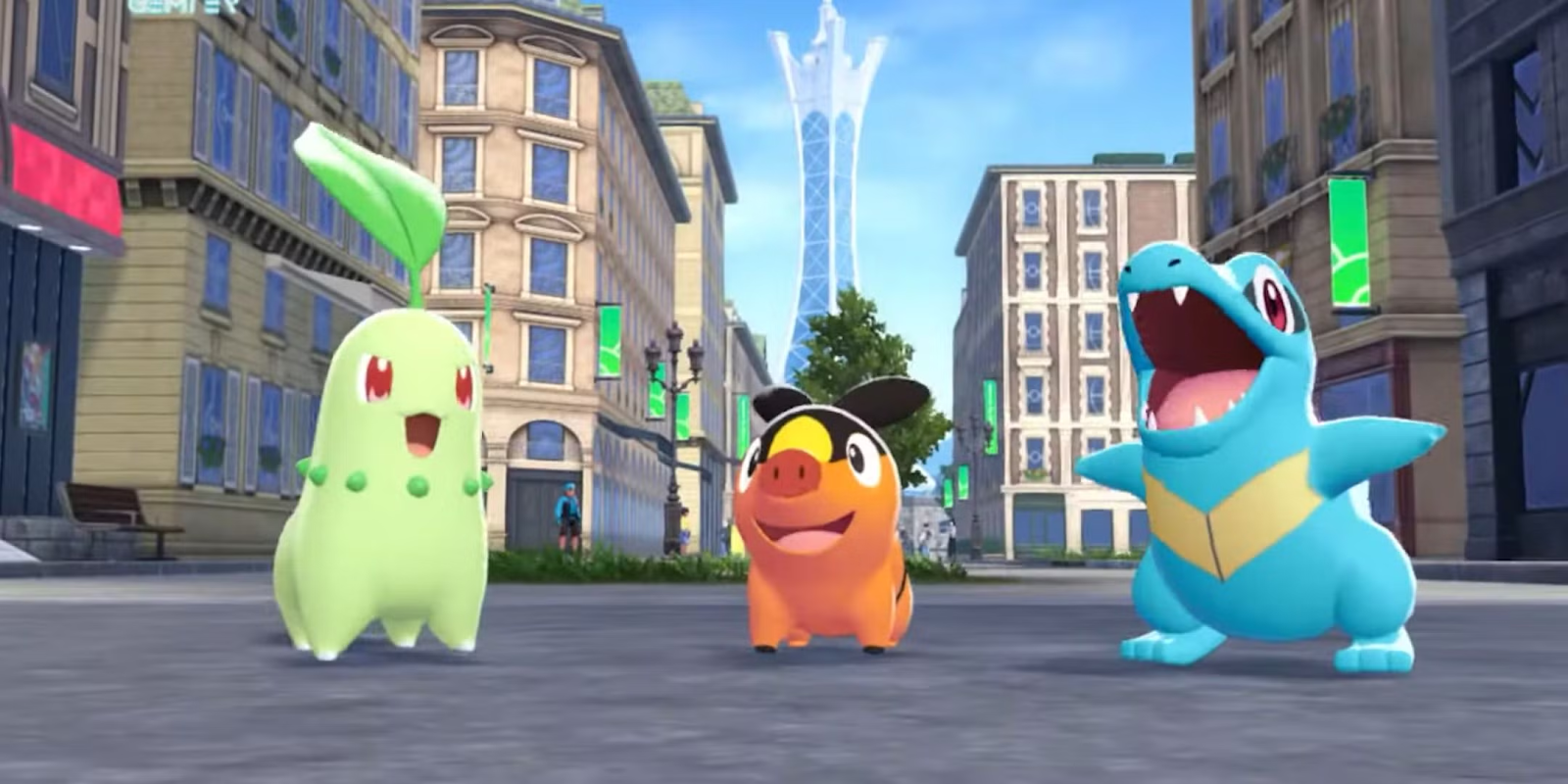A couple weeks ago Digimon celebrated their 25th anniversary with DigiCon 2025. Plenty of other blogs and websites reported on the announcements and updates as they were given, but I felt like I'd be a poor Digimon fan if I didn't at least share some thoughts (and I am the self-proclaimed Digimon King). So this is less a summary of the announcements and more my personal feelings about each announcement.
Digimon Adventure: Beyond
After the release of The Beginning there was no clear direction as to where the franchise was going next. Sure, Digimon keeps making games, but what about the anime? I wouldn't even care as much about the next installment in Digimon Adventure if they hadn't explicitly left a gap in the continuity between Last Evolution Kizuna and the Digimon Adventure 02 epilogue. So when the short/music video "Beyond" was released, I hoped for some answer to how Agumon and Gabumon returned. No such luck. Instead, we got a montage of adventures taking place between Digimon Adventure Tri and Kizuna. I definitely enjoyed the video, seeing some adventures as the Digi-Destined grew up. We got shots of Meiko, alternate armor digivolutions, and plenty of other Easter eggs alluding to storylines old and new. Even Lui appeared, so it begs a rewatch. Maybe someday I'll get my wish and we'll get more.
Digimon Beatbreak
Though no dub information is likely to come any time soon, a new anime was announced. Another branch in the Digimon multiverse. This new anime is about "emotion-devouring Digital Lifeforms". Because it's phrased that way, I expect a darker tone in this series compared to the ones I watched as a kid. I still need to watch Digimon Ghost Game, but I imagine the tone of this anime will be similar. Granted, a lot of that is based off the revealed poster. And that's like judging a book off its cover. Either way, it's set to broadcast in Japan this fall. I'm banking on it appearing on Crunchyroll.
Digimon Story: Time Stranger
I never had a game system to match with popular/successful Digimon games. Historically I said that Pokemon has a better track record with games and Digimon is better with anime. But now Pokemon has mixed up its anime and I haven't played a new video game since I bought Ultra Sun. I heard that Cyber Sleuth was a successful video games series in Digimon's corner, but I haven't saved the money to buy Switch (bought a house instead) and the time to play it. Since I'm inexperienced in this department, I sit here with curiosity to see how it plays out. A name like "Time Stranger" makes me wish it were about jumping around the Digimon multiverse, but I know better than to wish for that.
Digimon Alysion
This is the announcement I'm most excited about. After playing Pokemon TCG Pocket and Yu-Gi-Oh Duel Links, I'm excited to get my hand into the Digimon card game. I have a handful of physical cards from when I saw The Beginning in theaters, but I lack people to play the game with. Without close friends to play against, I decided to avoid spending money on booster packs (I had horrible luck with booster packs when I collected Yu-Gi-Oh cards anyway). With an app similar to Pokemon and Yu-Gi-Oh, maybe I'll get invested enough to buy physical cards. Plus it sounds like it'll have more of a story than Pokemon TCG Pocket. That could be fun. I miss having a Digimon mobile game--I never understood the mechanics of Digimon ReArise, but it had my buddy Dorumon.
Toys and More
DigiCon had plenty of other announcements, including anniversary toys and Digivices. Since I can't imagine myself taking a Digivice toy to work, I probably won't buy one--I remember how my old D3 would start beeping. That being said, I'm grateful that the franchise is growing even if I'm unlikely to buy the toys... though I am liable to base a cosplay around a Digivice toy... you shouldn't put it past me. I would love to get all the toys... But for now, I'm going to just keep rewatching Digimon anime on repeat.
















































